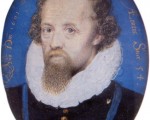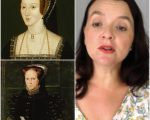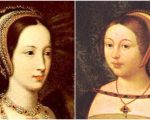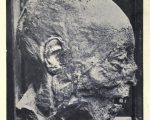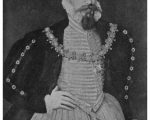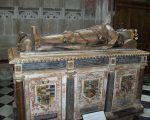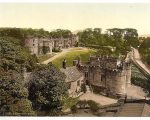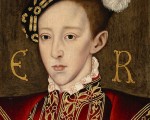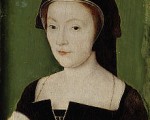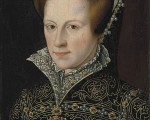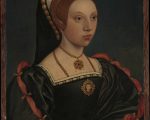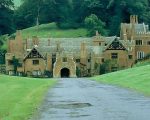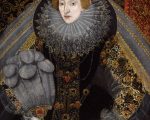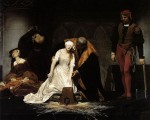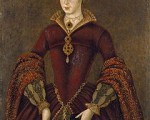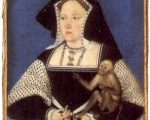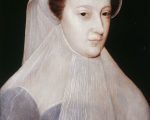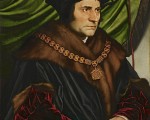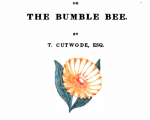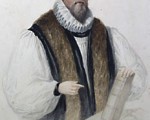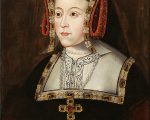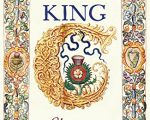26th February:
1548 – Birth of courtier George Carey, 2nd Baron Hunsdon, son of Henry Carey, 1st Baron Hunsdon, and his wife, Anne. George was the grandson of Mary Boleyn, sister of Anne Boleyn.
1552 – Executions of conspirators Sir Thomas Arundell, Sir Michael Stanhope, Sir Miles Partridge and Sir Ralph Fane. Arundell and Stanhope were beheaded on Tower Hill, while Partridge and Fane were hanged. They were condemned as traitors after being accused of conspiring with Edward Seymour, Duke of Somerset, against John Dudley, Duke of Northumberland.
1564 – Christopher Marlowe, poet, translator and playwright, was baptised at St George’s Canterbury. Marlowe was the second child of John Marlowe, shoemaker, and his wife, Katherine. Marlowe’s works included “Tamburlaine”, “Dr Faustus”, “The Jew of Malta” and “The Passionate Shepherd to his Love”. Click here to see a Claire Chats video on Christopher Marlowe.
1608 – Death of John Still, Bishop of Bath and Wells, in the palace at Wells. He was buried in Wells Cathedral.
1619 – Death of Edmund Bunny, clergyman, preacher and theological writer, at Cawood, Yorkshire. He was buried in York Minster. His works included “The Whole Summe of Christian Religion” (1576), “A Book of Christian Exercise, Appertaining to Resolution” (1584) and “A Briefe Answer, unto those Idle and Frivolous Quarrels of R.P.” (1589), a response to Jesuit Robert Person.
[Read More...]


